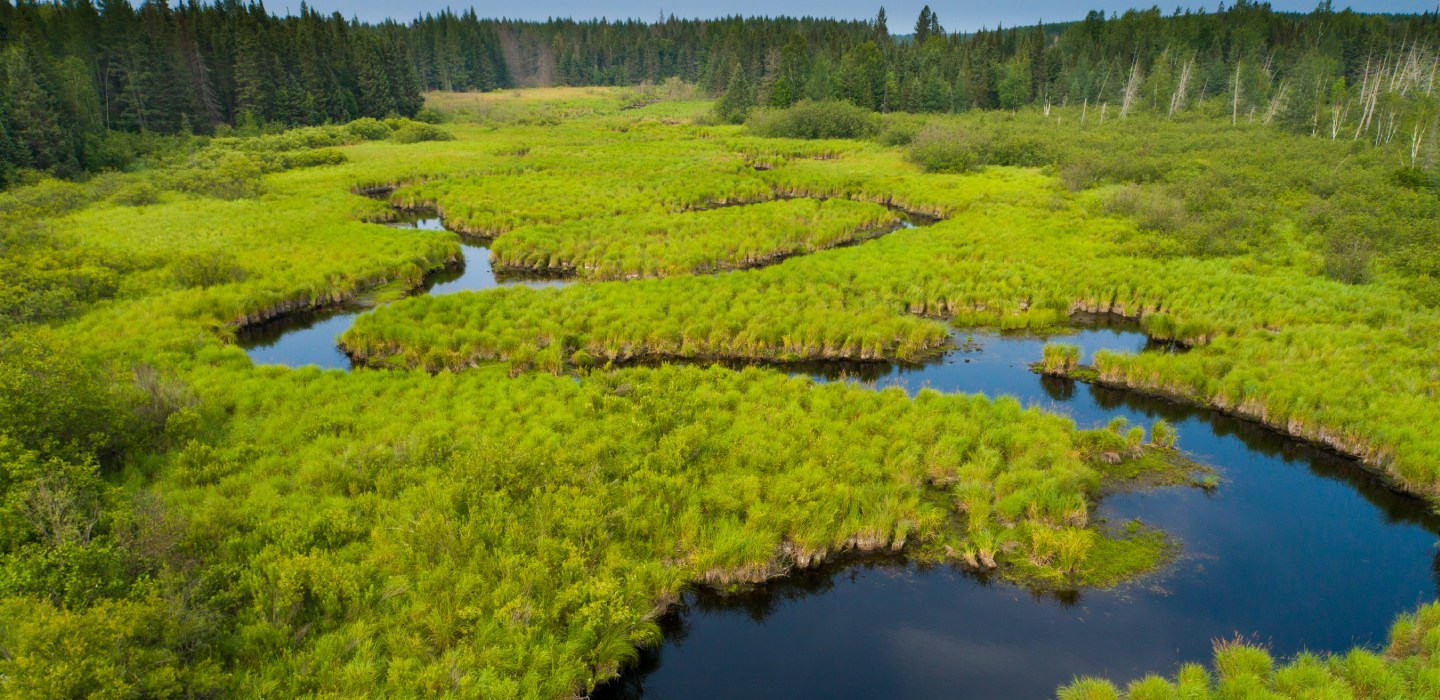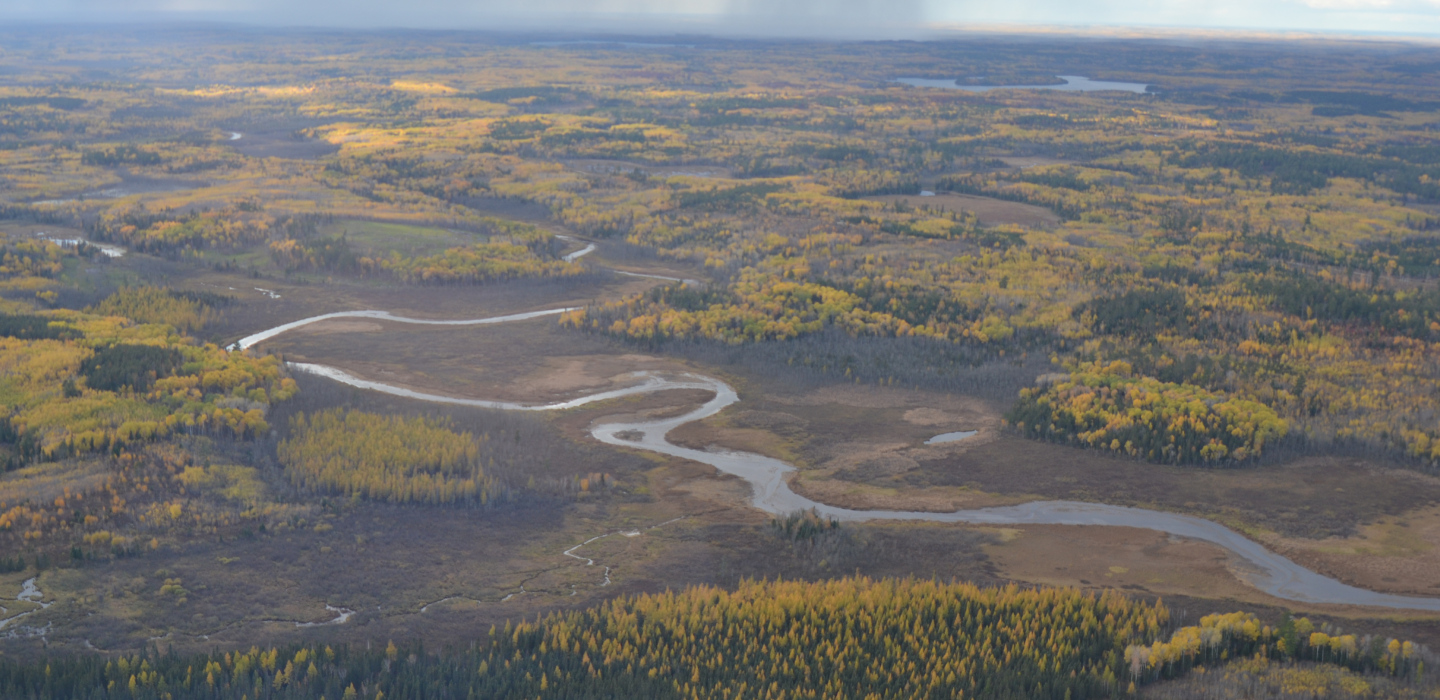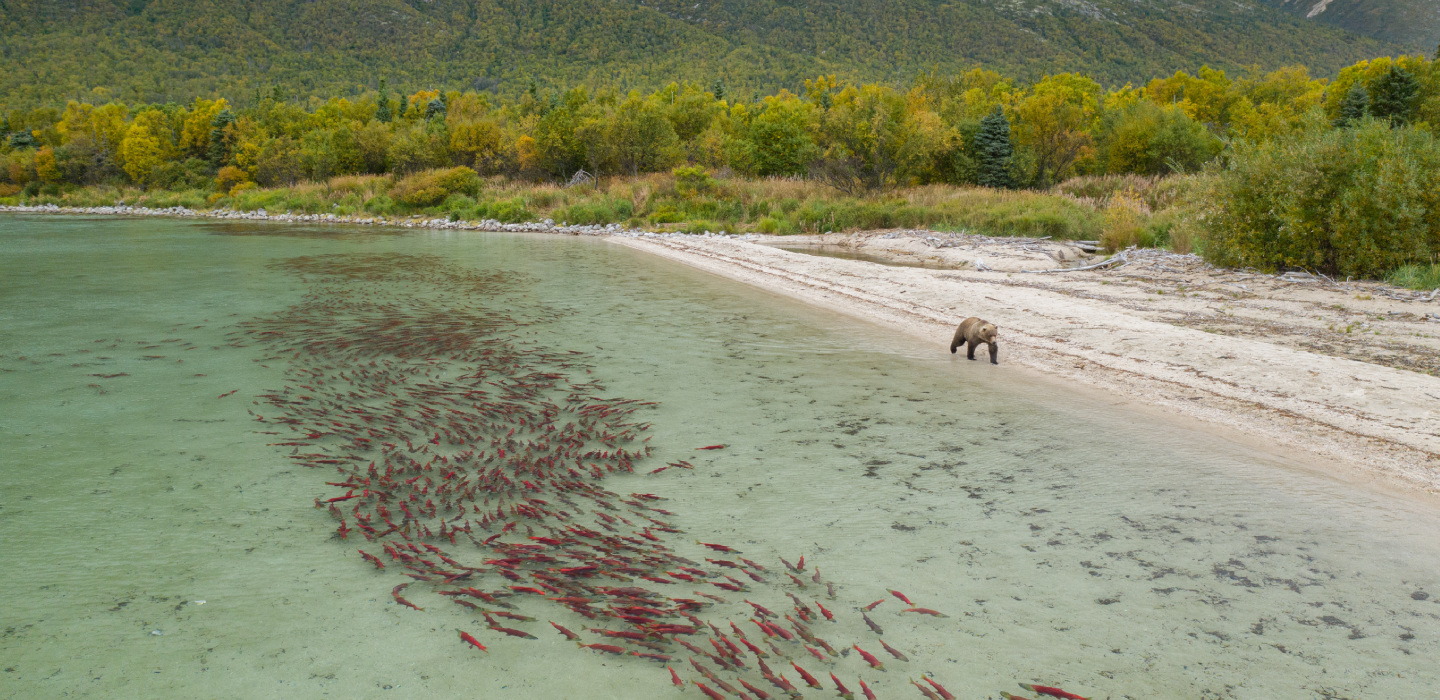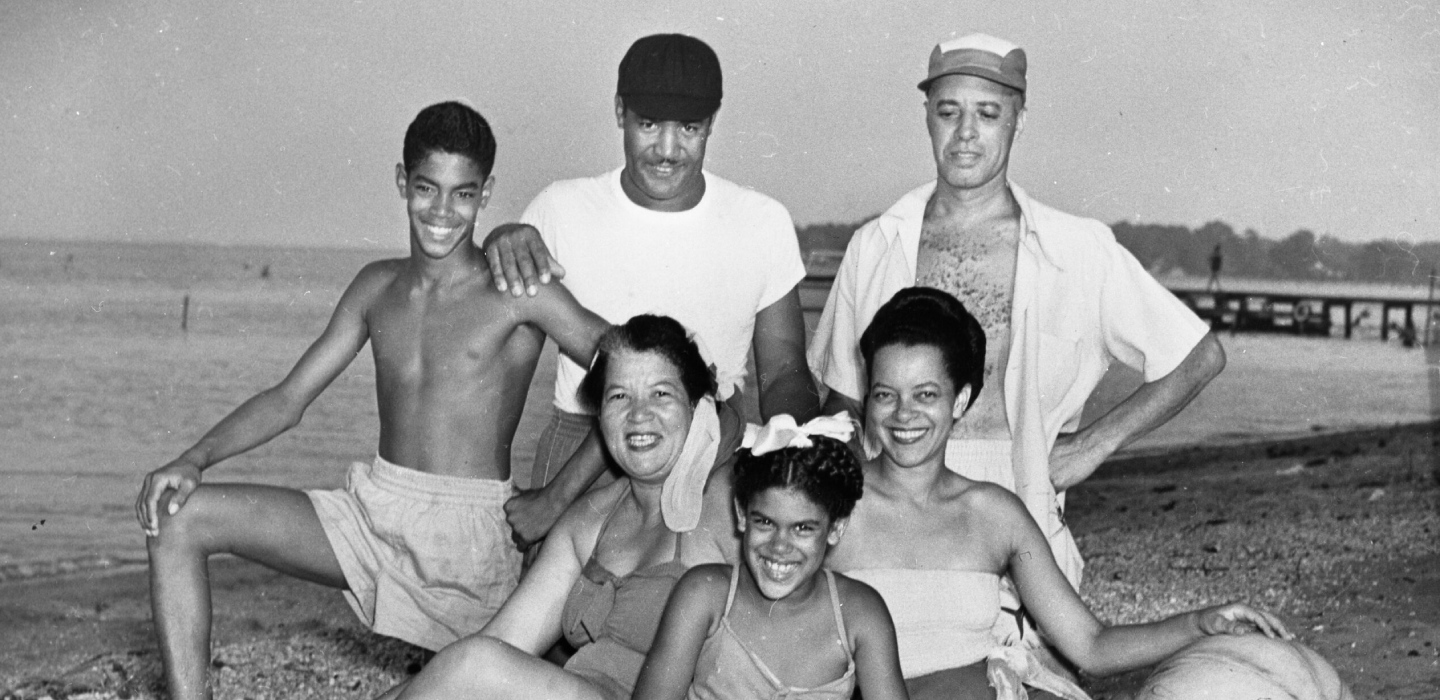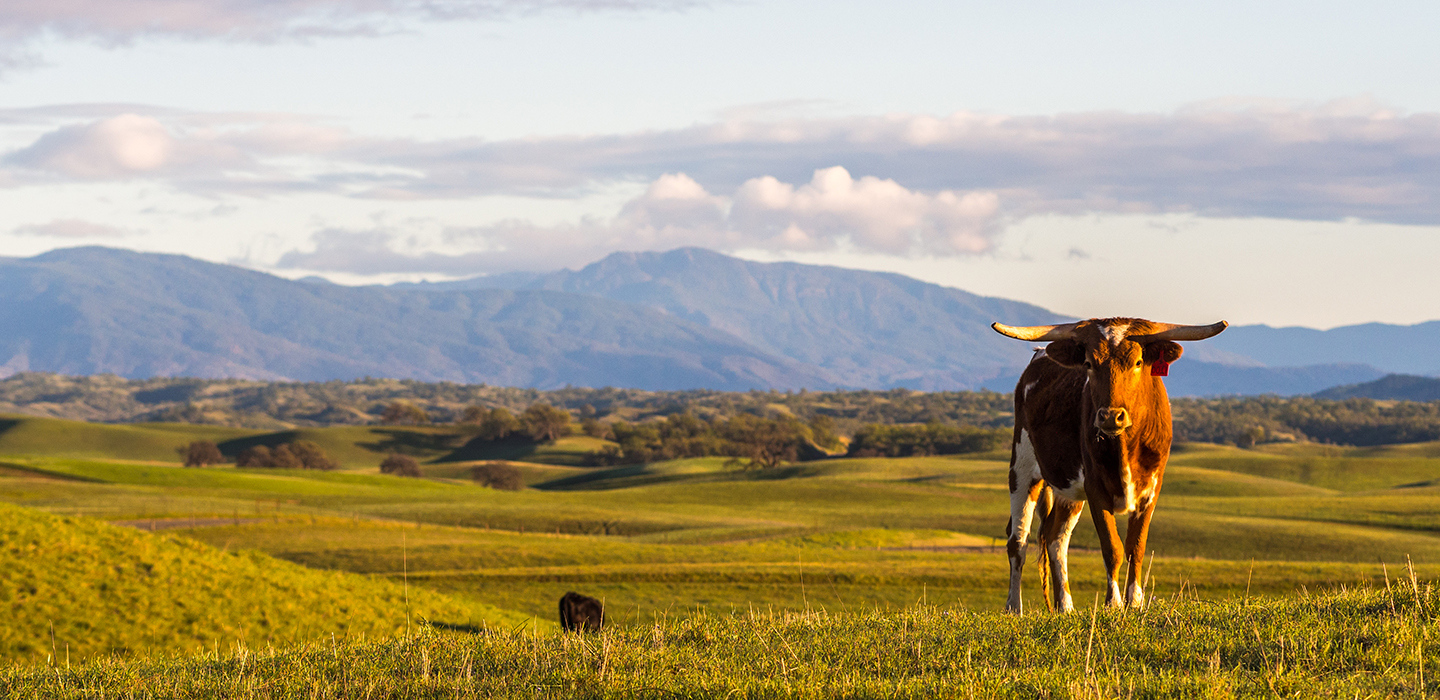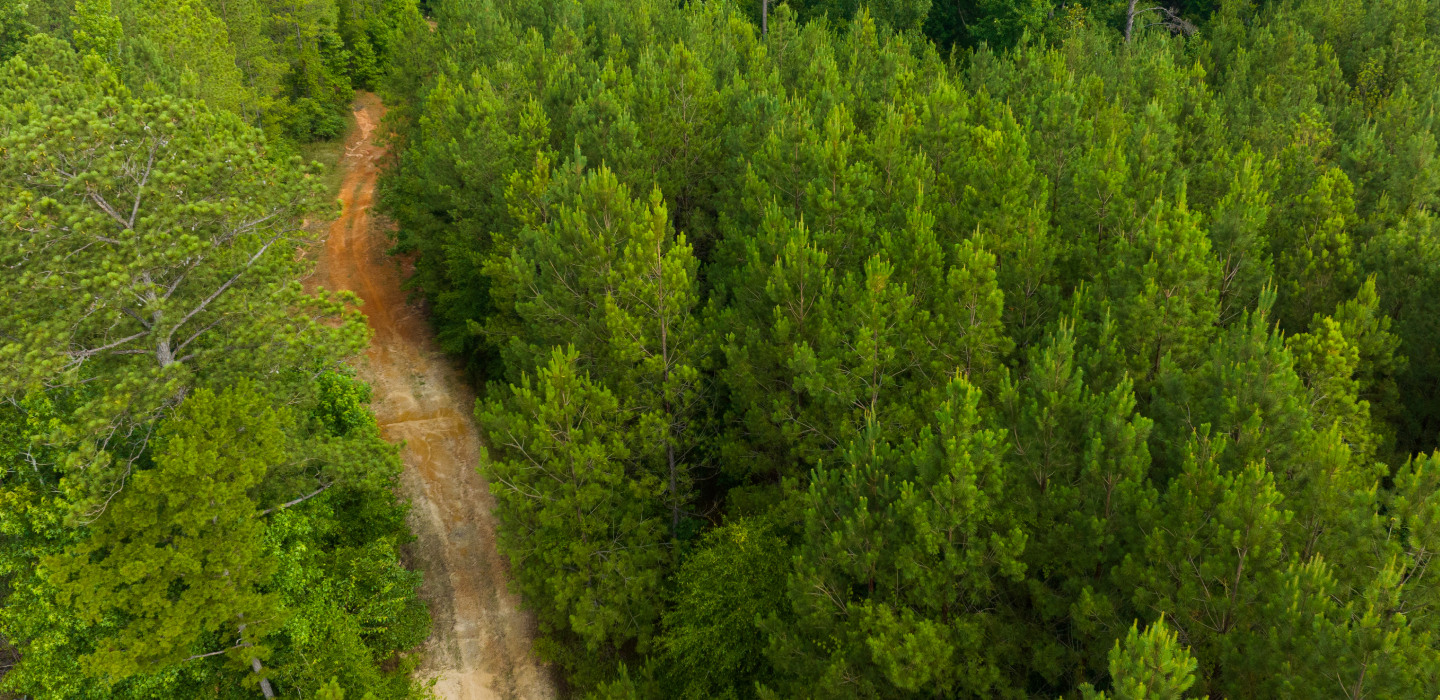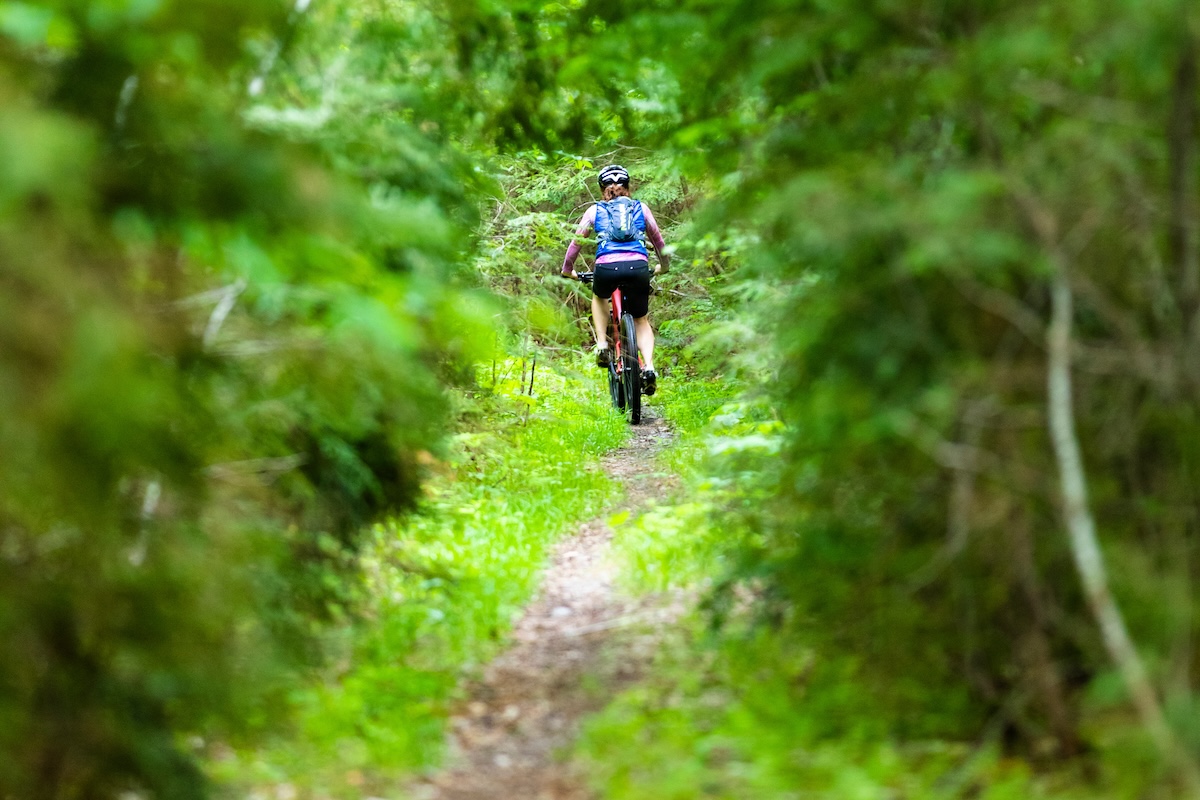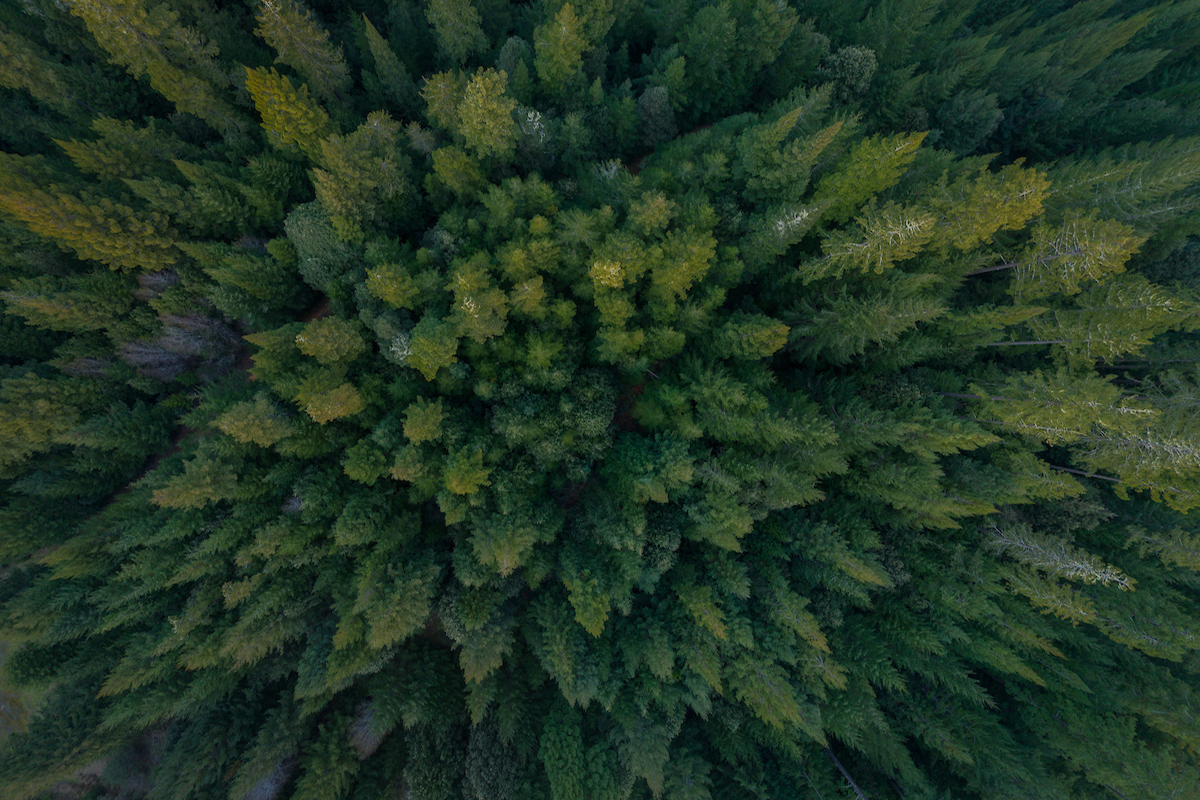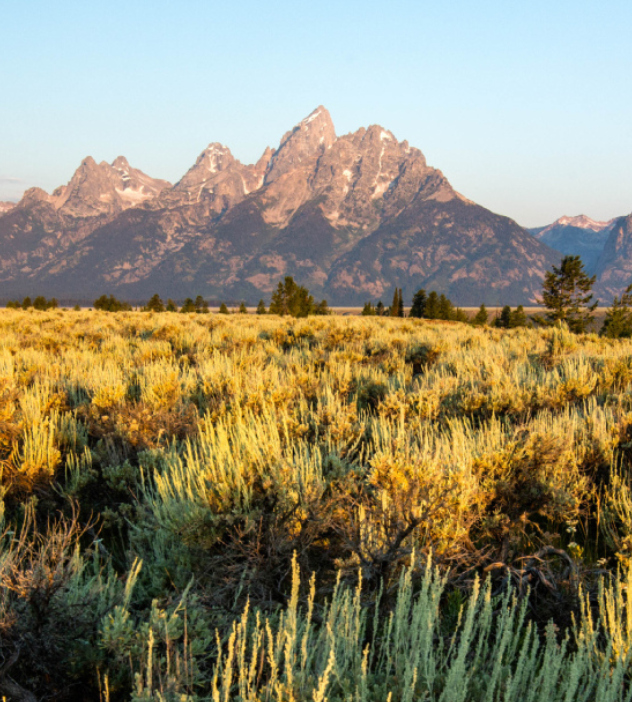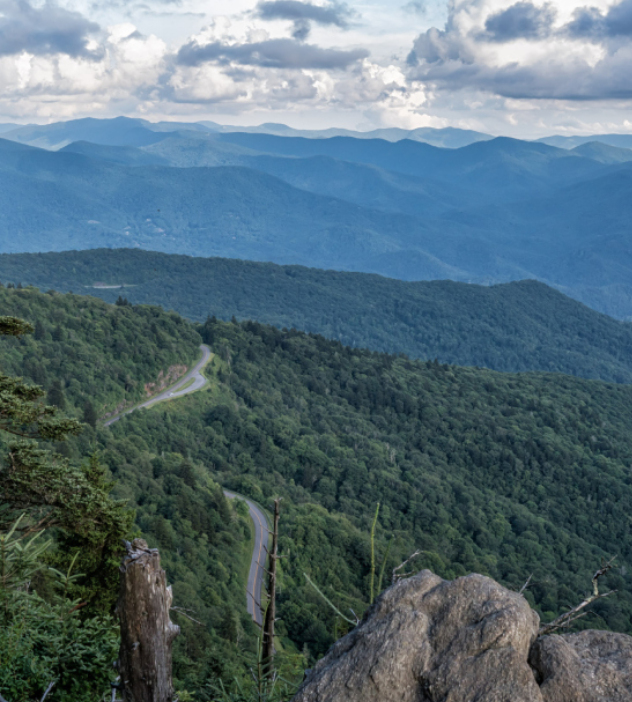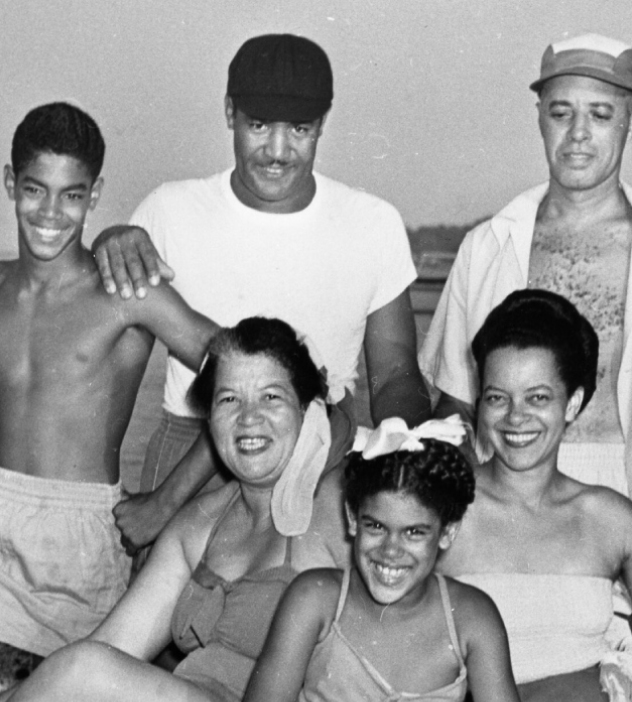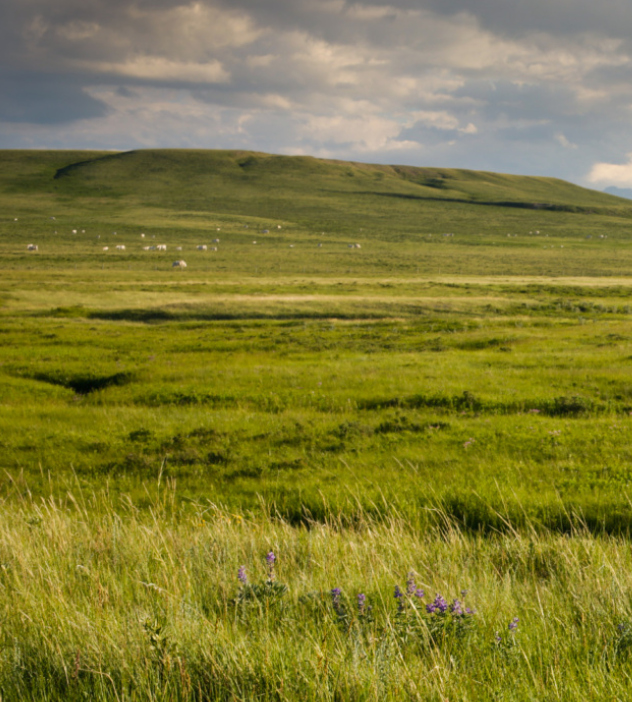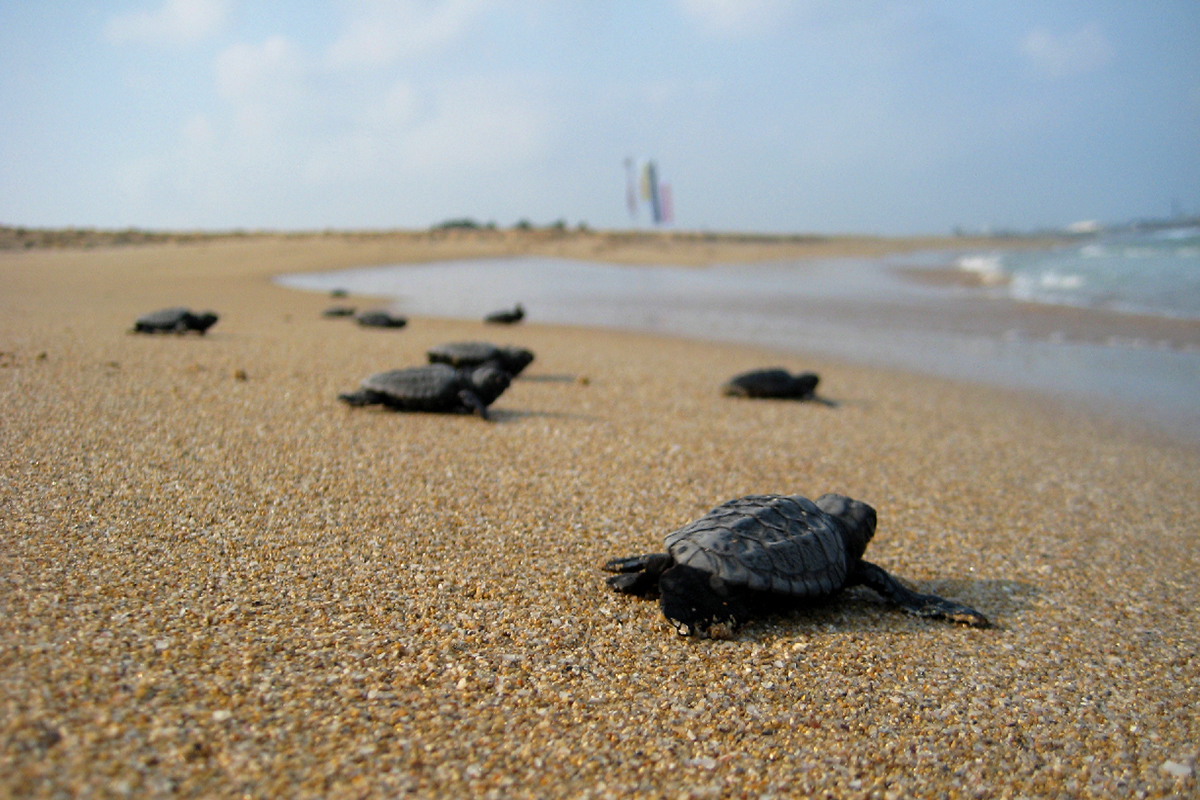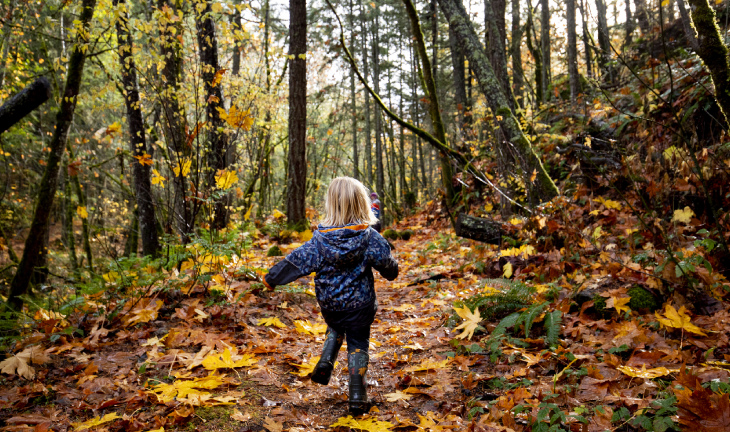Advancing Nature and People — Together
We envision an America where nature and land are protected and valued as the engines driving climate solutions, sustainable economies and vibrant communities. The Conservation Fund makes that a reality by doing conservation differently.
Our Impact
We are the land’s first line of defense — securing special places, advancing economic and environmental vitality, and connecting Americans with the land that sustains us. Because people and nature can only thrive when we thrive together.
See Impact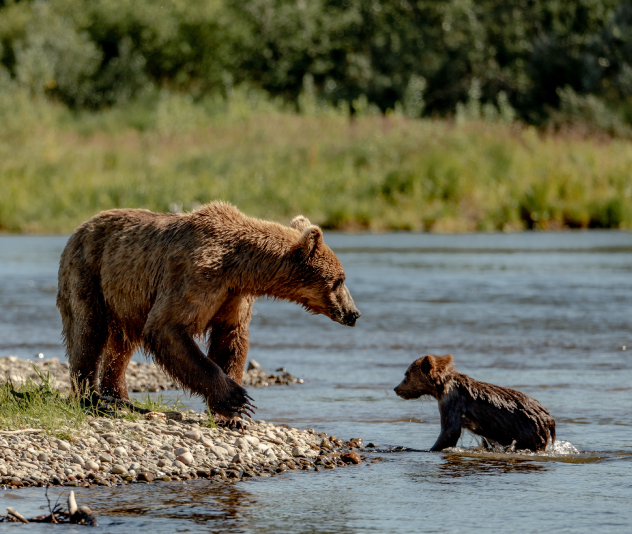
Our Focus
We focus on helping nature and people thrive together — protecting treasured places and wildlife habitat, sustaining working forests and farms, supporting strong, prosperous communities and enabling the clean energy economy that will drive climate resilience and economic opportunity.
Explore Focus Areas
Latest News & Insights
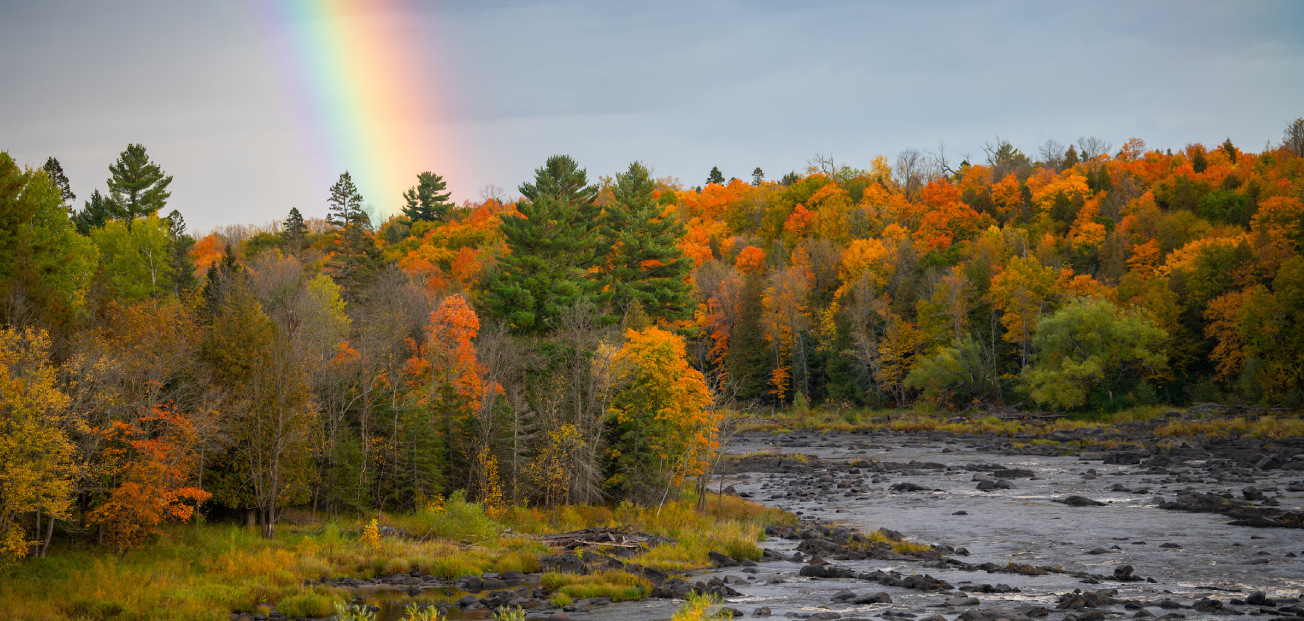
News | May 13, 2025
Mississippi River Headwaters Permanently...
The Mississippi River’s 2,300-mile journey to open water begins in the wooded hills of northern Minnesota. Today, thanks ...
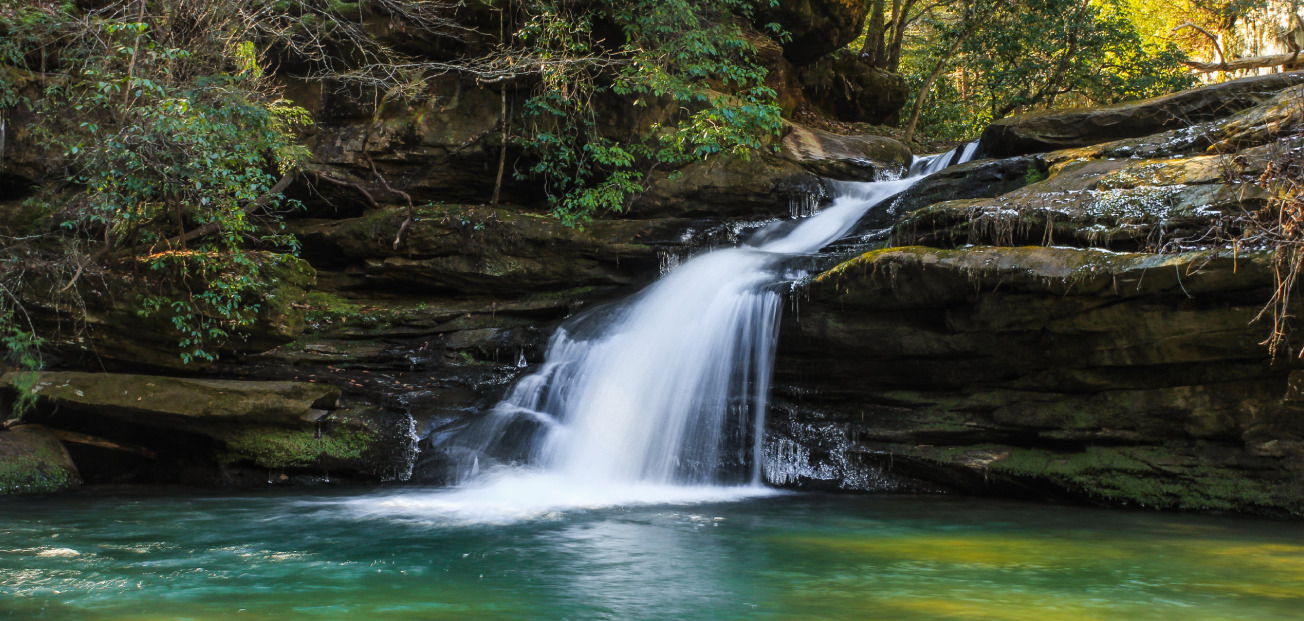
News | May 5, 2025
Sipsey at 50: The Final Piece Secured in...
One of Alabama’s most treasured natural places, the Sipsey Wilderness, marks its 50th anniversary this year. The Conserva...
